Space and Astronomy
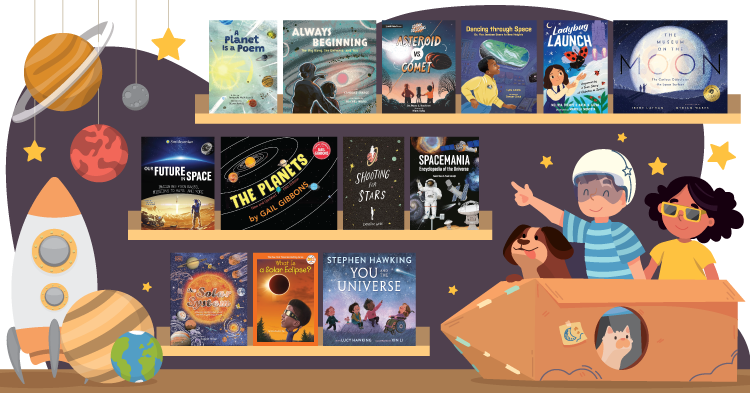
Originally published April 2024
On April 8th, a total solar eclipse will be visible across much of North America. This rare celestial event occurs when the moon is closer to the Earth than usual, so as it passes between the Earth and the sun at just the right alignment, it is big enough to completely block out the sun’s light. When this happens, parts of North America will be plunged into darkness for a few minutes. The next total solar eclipse that can be seen in North America won’t take place for another 20 years, so you won’t want to miss this one!
To help you and your students get ready for the big day, we’ve gathered a selection of stories about all things space. From books about the Big Bang to poems about planets, and everything in between, you’re sure to have a blast with these stellar reads.
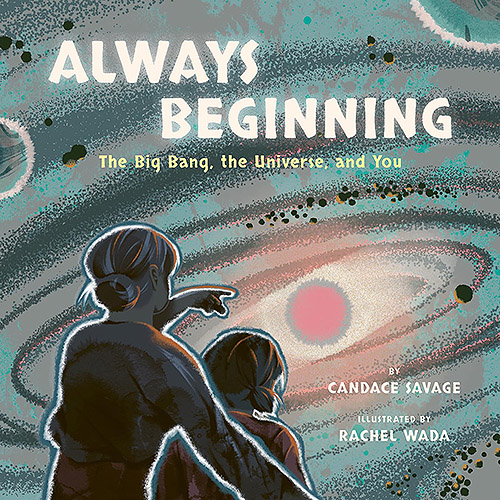
Always Beginning: The Big Bang, the Universe, and You
By Candace Savage
Illustrated by Rachel Wada
Greystone Books (April 2024)
Grade Level: K–2
In this mesmerizing STEM picture book, young readers will learn about the history of the universe so far, from the Big Bang to the start of life on Earth, all the way up to today. Always Beginning also includes plenty of facts about the solar system, along with a timeline of the origins of the universe and the evolutionary history of life on our planet.
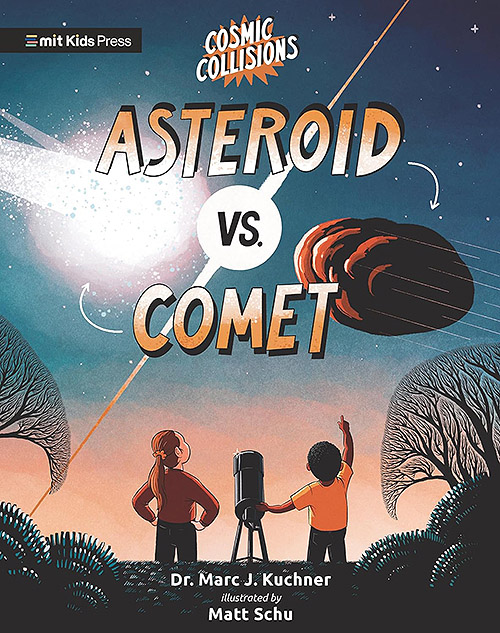
Cosmic Collisions: Asteroid vs. Comet
By Marc J. Kuchner
Illustrated by Matt Schu
MIT Kids Press (April 2024)
Grade Level: 2–4
Asteroid vs. comet: who will win in an intergalactic collision? Written by astrophysicist Dr. Marc Kuchner, this first book in the exciting new children’s series Cosmic Collisions encourages students to develop their own hypothesis about which opponent will emerge victorious. Jam-packed with full-colour, graphic novel-style illustrations, and plenty of science to boot, Asteroid vs. Comet is perfect for curious and reluctant readers alike.
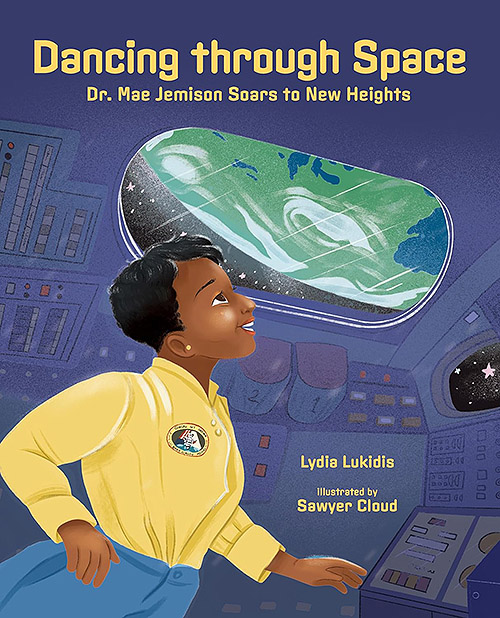
Dancing through Space: Dr. Mae Jemison Soars to New Heights
By Lydia Lukidis
Illustrated by Sawyer Cloud
Albert Whitman (April 2024)
Grade Level: K–3
This book tells the story of Dr. Mae Jemison, the first Black woman to travel into space. Growing up, she was torn between her two passions: science and dance. In Dancing through Space, young readers will learn how Mae was able to combine both her gifts into one groundbreaking career as an astronaut.
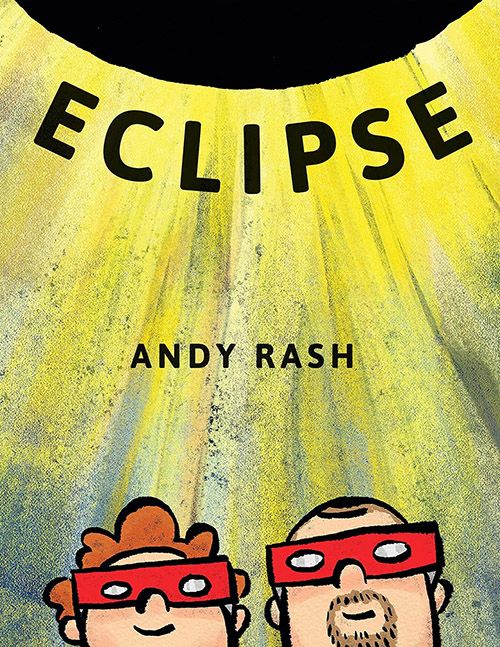
Eclipse
By Andy Rash
Scholastic (September 2023)
Grade Level: K–3
When a young boy learns about an upcoming solar eclipse, he makes a plan with his dad to go see it. Inspired by a trip Andy Rash took with his son in 2017 to see the eclipse, this STEAM book is an ode to seeking out adventures with the people you love. It also includes back matter about eclipses and maps of their paths across the United States.
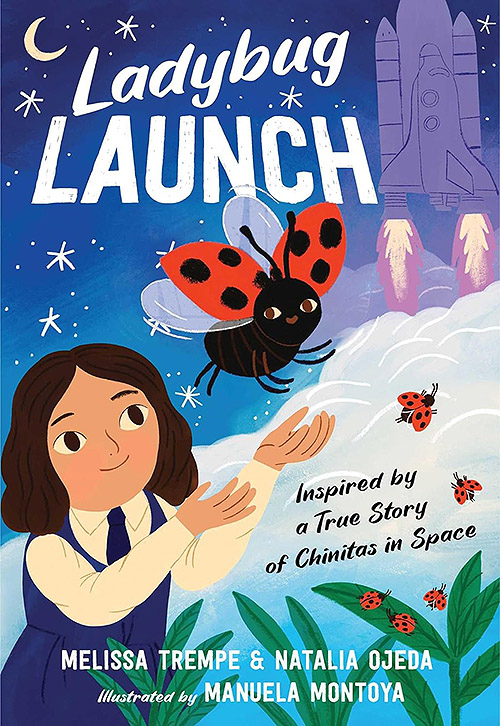
Ladybug Launch: Inspired by a True Story of Chinitas in Space
By Melissa Trempe and Natalia Ojeda
Illustrated by Manuela Montoya
Margaret K. McElderry Books (April 2024)
Grade Level: K–3
Natalia has always wanted to become a scientist, and even though no one else in her family has ever been to college, she’s determined to make her dream come true. So when she and her classmates design an experiment to see if ladybugs (chinitas) could help astronauts grow food in space, and her teacher suggests pitching the idea to NASA, Natalia jumps at the opportunity. Based on Natalia Ojeda’s real-life experience as a student in Chile who sent ladybugs into space for NASA, this picture book about girls pursuing their STEM goals is sure to resonate with many young budding scientists.
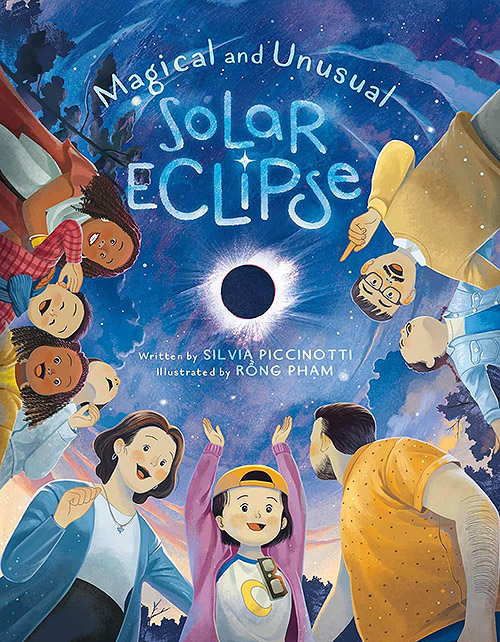
Magical and Unusual Solar Eclipse
By Silvia Piccinotti
Illustrated by Rồng Phạm
BookBaby (March 2024)
Grade Level: K–6
Get ready for the solar eclipse with the help of this useful guidebook! Silvia Piccinotti’s scientifically accurate narrative is paired with Rồng Phạm’s bright and colourful illustrations, showcasing both the magic and science behind the extraordinary phenomena of a solar eclipse. Within the pages of this book, kids will also learn what to keep an eye out for during the eclipse and how to view it safely by following eye practices from NASA and the American Astronomical Society.
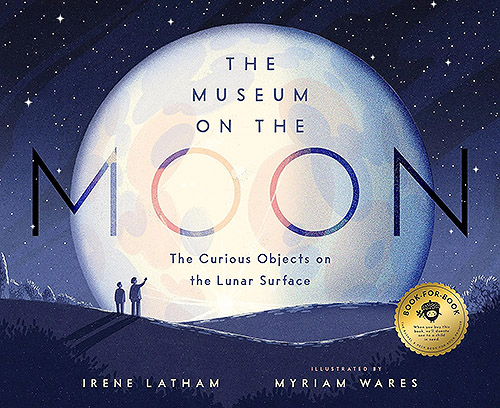
The Museum on the Moon: The Curious Objects on the Lunar Surface
By Irene Latham
Illustrated by Myriam Wares
Bushel & Peck Books (September 2023)
Grade Level: 2–5
Through a combination of beautifully detailed spreads and delightfully poetic language, The Museum on the Moon offers a tribute to the objects that humans have left on the surface of the moon since the first visit in 1969. Footprints, golf balls, commemorative patches, and more—each item tells a story, and Latham and Wares are here to share those tales with you.
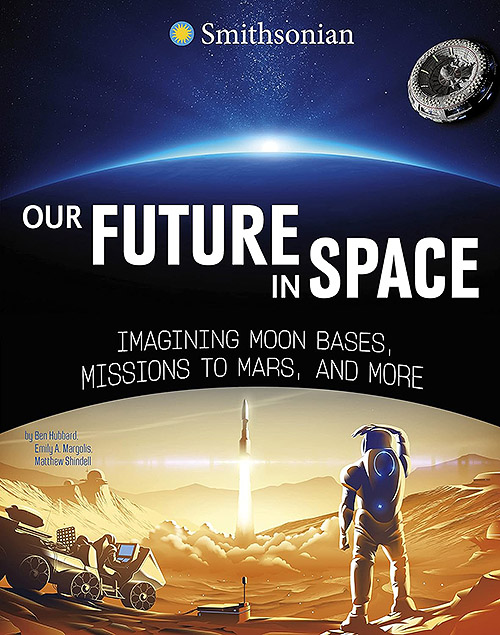
Our Future in Space: Imagining Moon Bases, Missions to Mars, and More
By Ben Hubbard, Emily A. Margolis, and Matthew Shindell
Capstone Press (August 2023)
Grade Level: 3–5
Created in collaboration with the Smithsonian Institution, this book explores what the future might hold for space travel. Whether visiting a space hotel, driving a rover around Mars, or looking down on Earth as a tourist from space, there are plenty of new experiences and inventions on the horizon for space fans to look forward to!
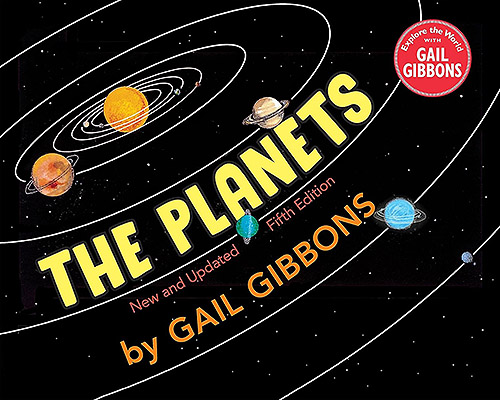
The Planets: Fifth Edition
By Gail Gibbons
Holiday House (December 2023)
Grade Level: K–2
This latest edition of Gail Gibbons’ popular book serves as a great introduction to the solar system for young readers. Clear, well-labelled photo spreads showcase each of the planets in our solar system, along with additional interesting details such as what each planet is made of, the names of their moons, and more.
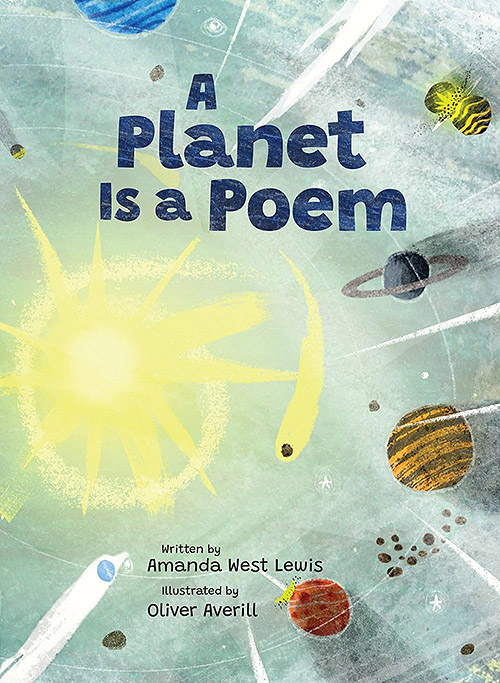
A Planet is a Poem
By Amanda West Lewis
Illustrated by Oliver Averill
Kids Can Press (May 2024)
Grade Level: 3–7
Science and poetry come together in this lyrical STEAM collection celebrating the wonders of our solar system. Amanda West Lewis provides 14 unique poems about planets, moons, and other celestial objects, using 14 different poetic form to describe them. Each spread includes additional information about the object and the poetic form that was chosen for it, and back matter for the book contains a glossary, a fun activity, an illustration of the entire solar system, and more.
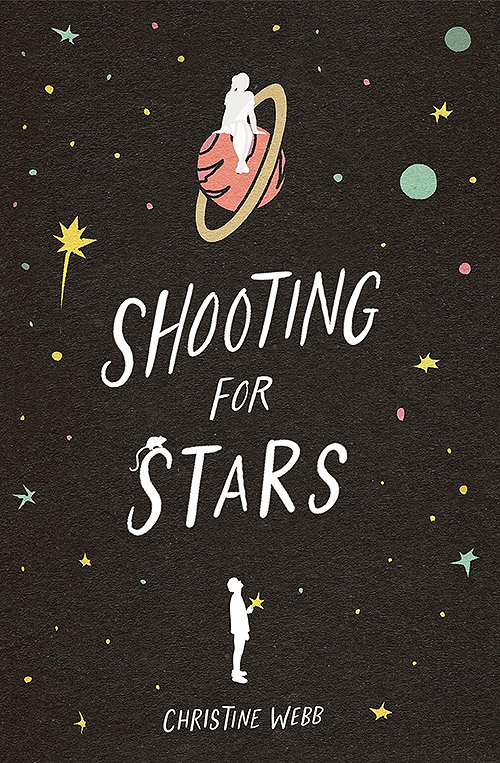
Shooting for Stars
By Christine Webb
Peachtree Books (May 2024)
Grade Level: 9–12
In this romantic drama/comedy, high school student Skylar Davidson has big dreams to apply for a NASA internship in order to finish her late mother’s research on neuron stars. The problem? She’s keeping her plans secret from her dad, and it becomes much harder to do so once her dad’s new love interest finds out. To top it all off, the videographer Skylar is working with to film her submission for the internship is turning out to be much more than just a teammate. Will Skylar be able to get her plans back on track, or is a collision inevitable?
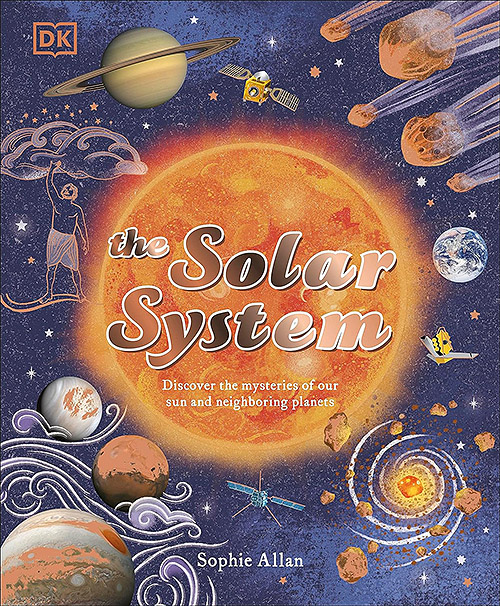
The Solar System
By Sophie Allan
Illustrated by Dawn Cooper
DK Children (November 2023)
Grade Level: 2–3
Set off on a breathtaking journey into space with the help of this immersive book. Young scientists can learn about the birth of the sun, then travel along to the smallest planet, the hottest planet, and more, before venturing further into the depths of outer space. Breathtaking illustrations are paired alongside timelines, diagrams, and recent photographs and probe images from space agencies.
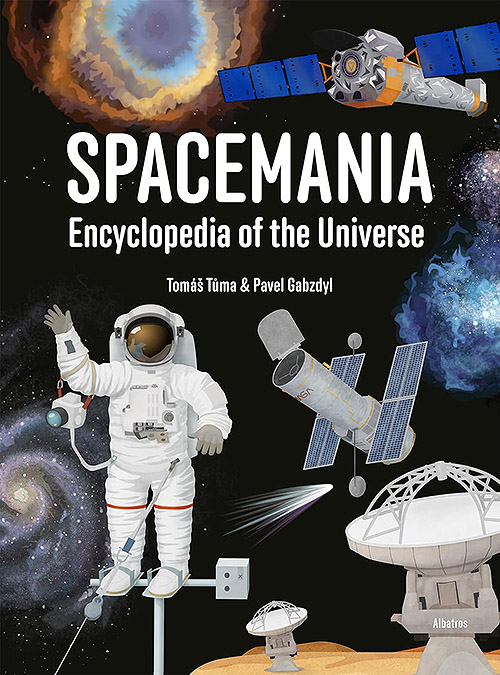
Spacemania: Encyclopedia of the Universe
By Pavel Gabzdyl
Illustrated by Tomáš Tůma
Albatross Media (July 2024)
Grade Level: 4–6
Written by a planetary scientist, Spacemania serves as a gateway to the mysteries of the cosmos and our quest to understand them. This fully illustrated, comprehensive encyclopedia introduces students to the origins of the universe, showcases the beauty of the constellations, and delves into the history of space exploration.
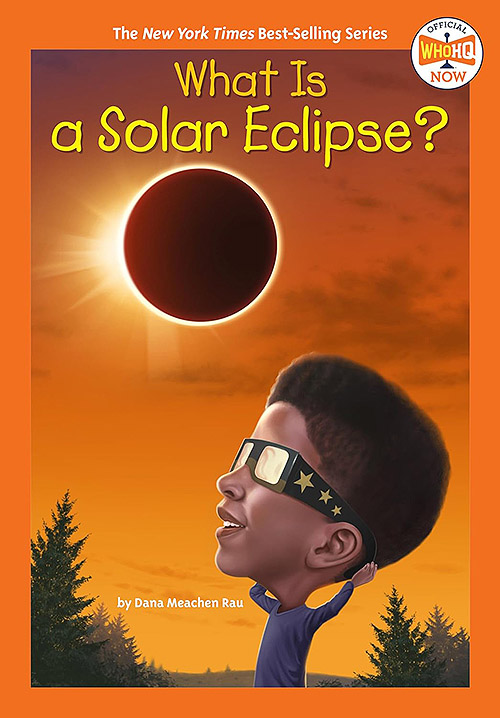
What is a Solar Eclipse?
By Dana Meachen Rau
Illustrated by Gregory Copeland
Penguin Workshop (February 2024)
Grade Level: 3–6
Learn all about the approaching North American total solar eclipse with the help of this handy guide! Within its pages, budding astronomers will discover how long eclipses last, how to safely view them, how solar eclipses affect the energy in Earth’s atmosphere, and more.
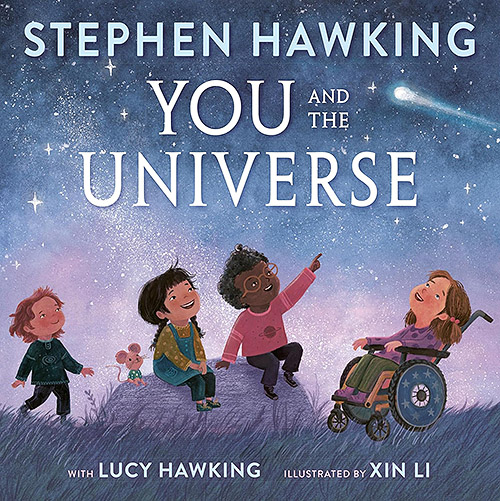
You and the Universe
By Stephen Hawking and Lucy Hawking
Illustrated by Xin Li
Random House Books for Young Readers (March 2024)
Grade Level: K–2
Adapted from Stephen Hawking’s posthumous 2020 Earth Day Message, You and the Universe showcases our planet’s youngest citizens how important it is for all of us to work together to make the future that we want. Stephen Hawking spent his life trying to unravel the mysteries of Earth and the universe, and through his picture book, he encourages kids to continue doing so by coming together to answer big questions such as: “How can we save the planet?” and “How can we learn to be there for one another?”
